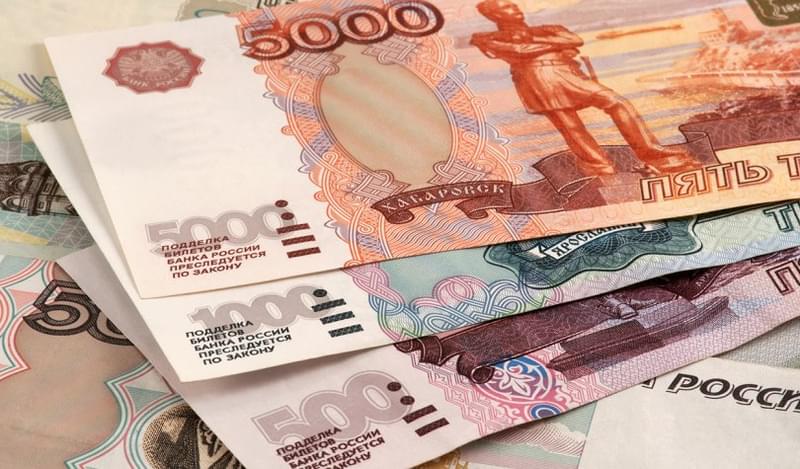Background
In the Summer of 2017, Tinkoff Bank was looking to take advantage of Russia’s economic recovery and an emerging downward interest rate trajectory to refinance its existing debt and raise capital on the international bond markets.
On 7 June, the bank launched a bid to buy back its US$200mn 14% Eurobond maturing in 2018 at a discount rate of 1.107%, which entailed a one-time loss of capital in Q22017, but also allowed Tinkoff to reduce the interest on its debt from 14% to 9.25%.
On 8 June, it followed the Credit Bank of Moscow – whose April 8.9% perpetual Eurobond acted as a market indicator – to become the third Russian bank to issue this type of instrument, which was 3x oversubscribed and achieved a tight spread of MS+742bp.
Transaction Breakdown
Following a multi-city roadshow in Switzerland, Russia, Sweden and the UK, Tinkoff Bank opened the books for its perpetual Eurobond with a 5.25-year call option with initial coupon guidance in the 9.75% area.
The coupon first tightened to 9.5%, eventually settling at 9.25% on the back of strong demand to show a final yield tightening of 50bp from initial price thoughts, with a 3x oversubscription rate.
The lender’s final Eurobond yield – equivalent to the Central Bank benchmark interest rate – priced only 35bp over the perpetual Eurobond issued earlier by Credit Bank of Moscow, one of Russia’s Top-10 lenders.
Following the issuance, Tinkoff’s notes rallied and are now trading well inside CBM yield curve, proving the strength of Tinkoff Bank’s credit story.
In terms of geography, 30.6% of the notes were placed with accounts in Switzerland and the same amount in Russia; 13.9% went to investors in the UK, 9.8% in continental Europe, 7.5% in Asia, and the remaining 7.2% was allocated to offshore US accounts.
By type, asset managers made up the bulk of buyers (40.6%), 33.8% went to private banks, another 25.2% to banks, with remaining 0.5% placed with other types of investors.
The issue qualified as AT1 capital due to a full coupon omission option at the discretion of Tinkoff Bank and full or partial write-down in case of Tinkoff's CET1 falls below 5.125% (versus 4.5% regulatory minimum), or if the CBR approves a plan for the participation of the Deposit Insurance Agency (DIA) in bankruptcy prevention measures for the bank.
The issue was the first Tinkoff Eurobond deal for five years since the latest international bond issue in 2012. The structure of the issue is expected to improve the Bank’s Tier 1 capital ratio, providing additional capital flexibility in an environment of tightening CBR regulations.
According to Renaissance Capital, one of the MLAs working on the deal, Tinkoff’s bond demonstrated once again that investor sentiment towards Russian issuers is quite favourable at the moment, underpinned by the country’s economic recovery, Russian corporate and sovereign credit ratings upgrades / reviews and coupled with the strengthening rouble and the Central Bank of Russia’s dovish interest rate policy.









